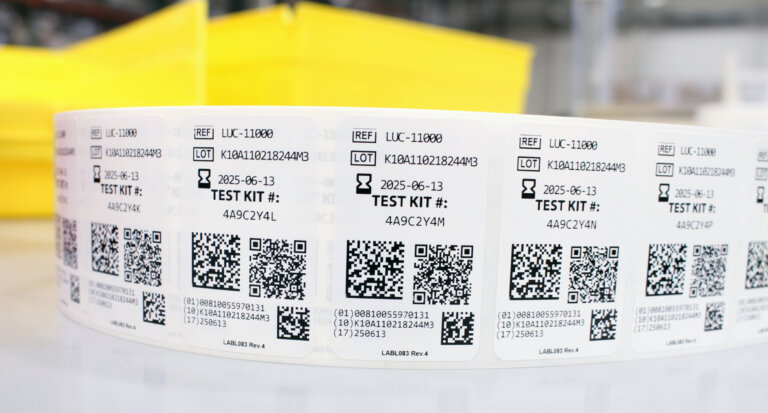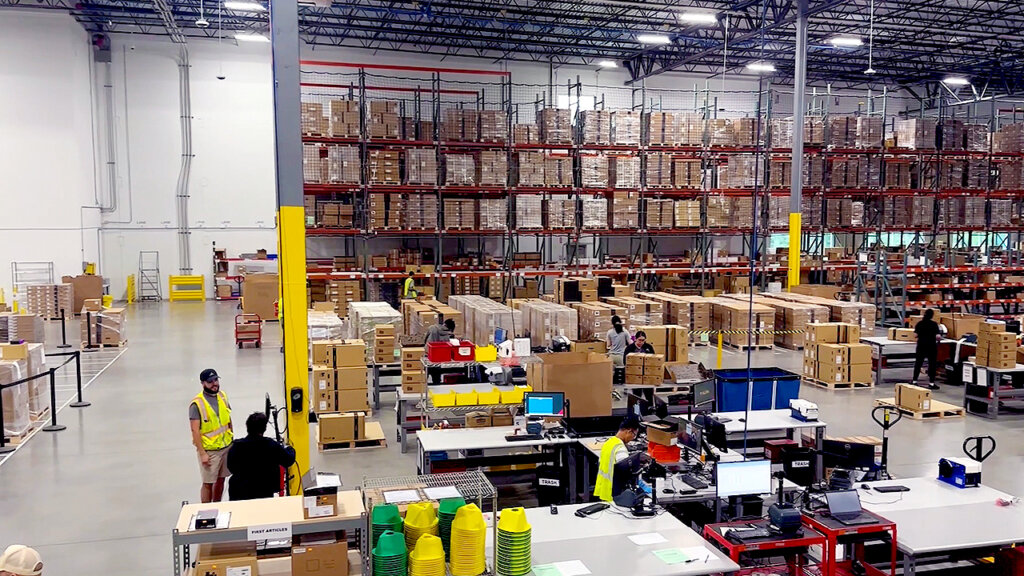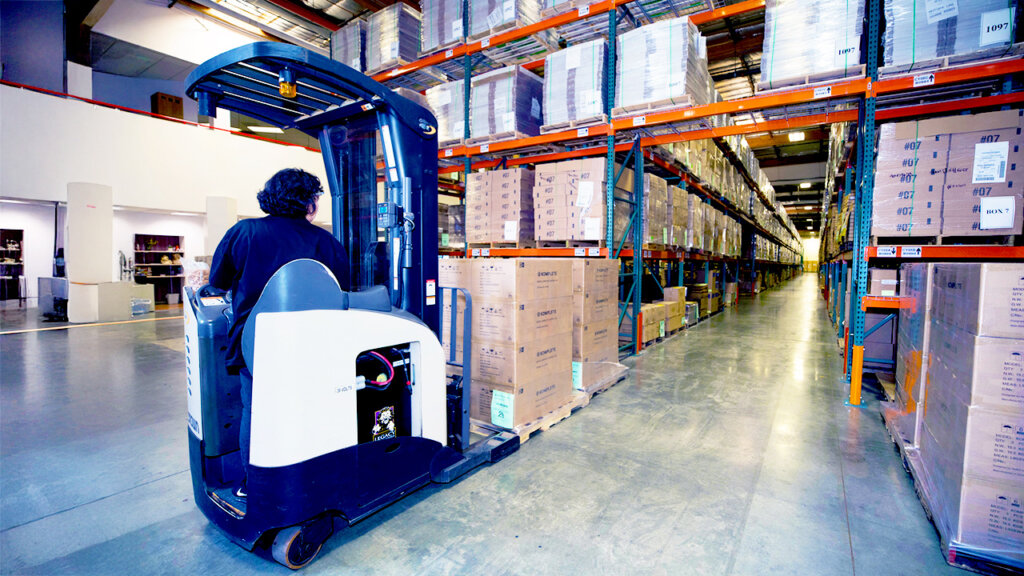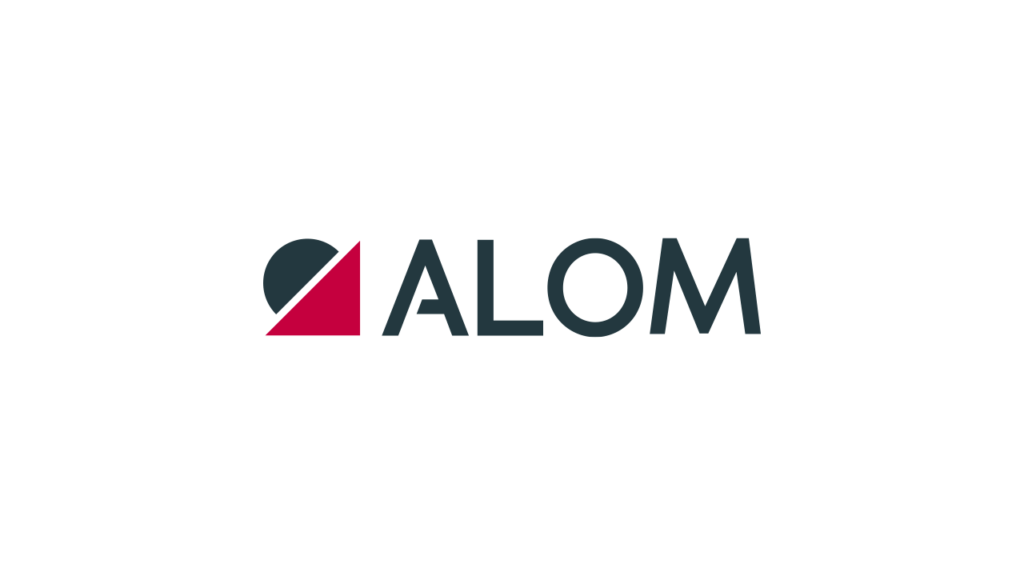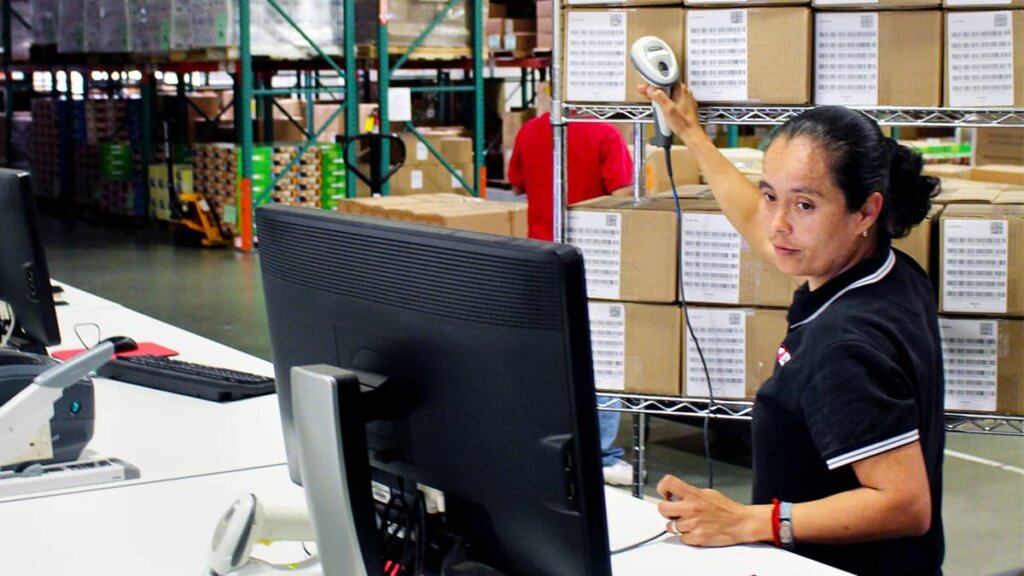This New Year break out the antacid to supplement the champagne: 2019 will be a year of unprecedented uncertainty for supply chain professionals, and really for all businesses and business leaders.
The trade war is becoming an off-again-on-again situation, leaving supply chain leaders at a loss. It is impacting the demand side as well as the supply side. U.S. automakers well remember the week in 2018 when there were three different import tariffs into China within the same week, ending at a whopping 40%. At the December 2018 G20 summit, the China-U.S. tariff situation received a 90 day grace period of stability; but still, while we pitifully become grateful for 90 days of stability, sometime in the first quarter of 2019 we should expect a change. One could make a bet that the U.S. import tariffs will be eased or even removed – and therefore keep U.S. inventories low until that happens. Alternatively, the bet could be that the tariffs will increase, meaning placement of rush-orders with Chinese factories before the Chinese New Year to expedite delivery before a possible increase.
Either bet could turn out right. Conversely, it is uncertain what happens to China import tariffs. In any event, all supply chain stakeholders will benefit from extreme agility and excellent supplier relations. This is why ALOM prides itself on creating supplier alliances and relationships that allow us a preferred customer status with the associated agility.
But wait, there is more! As we are ramping up for the first step of the Brexit transition to be implemented March 29, 2019, the uncertainty is just beginning. Discussions about constitutional challenges to Brexit may delay the deal. In any event, myriads of details need to be worked out. Most importantly, the U.K. trade agreements with all other countries must be negotiated from scratch, and U.K. internal legislation must be worked out. For companies with EU headquarters in the U.K., there are more questions than answers. Add fluctuations in the currency exchange rate as a consequence of the uncertainty, and we have a perfect storm.
Speaking of storms, in the last decade we have seen an increasing amount of natural disasters impacting supply chains, both in terms of supply and demand. In an effort to drive cost down and features and quality up, we have created more vulnerable supply chains at a time when weather related disasters are increasing. Insightful supply chain pros have already understood the dangers and created contingency plans.
Businesses thrive when there is certainty. The uncertain environment in itself triggers more uncertainty. After some years of great growth and financial stability, the markets are getting jittery. It is easy to forget, that a decade has passed by since the Great Recession of 2008. A downturn impacts both the demand side and the supply side when suppliers close down.
If your hand is shaking slightly as you finalize demand planning and procurement plans, please know that you are not alone. Prudent companies are carefully considering their options, assessing opportunities and doing careful risk analysis. The time of multi-year, fixed price contracts may be over. Yet still, many companies holding such contracts as well as others who are not, may see the uncertainties of 2019 pushing them to the brink of survival.
How does one prepare for such uncertainty? Careful analysis, strong relationships, and an extremely agile supply chain partner offer the most solid footing.

